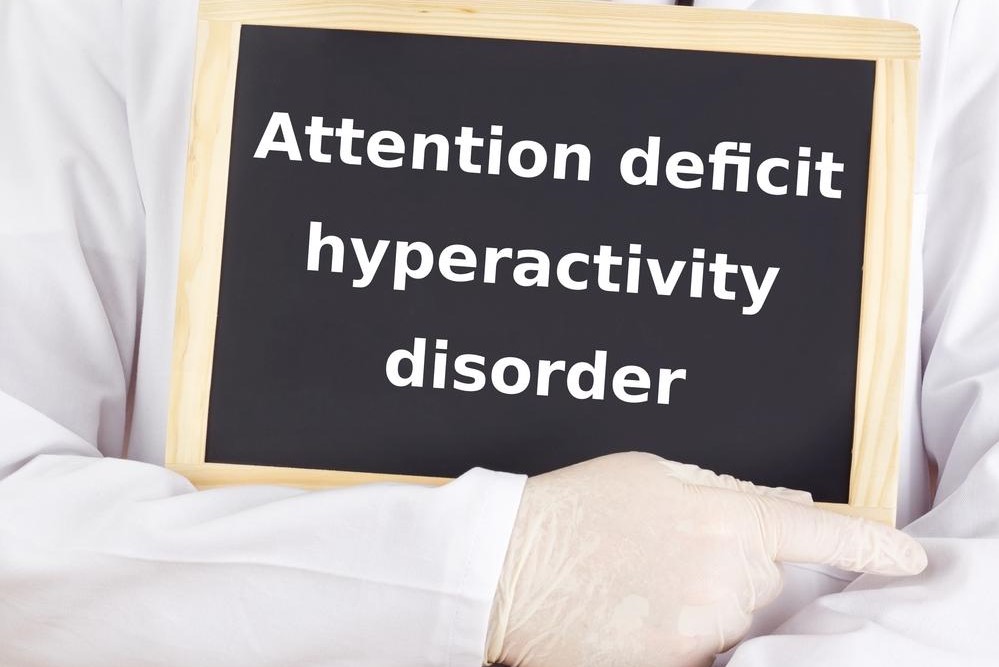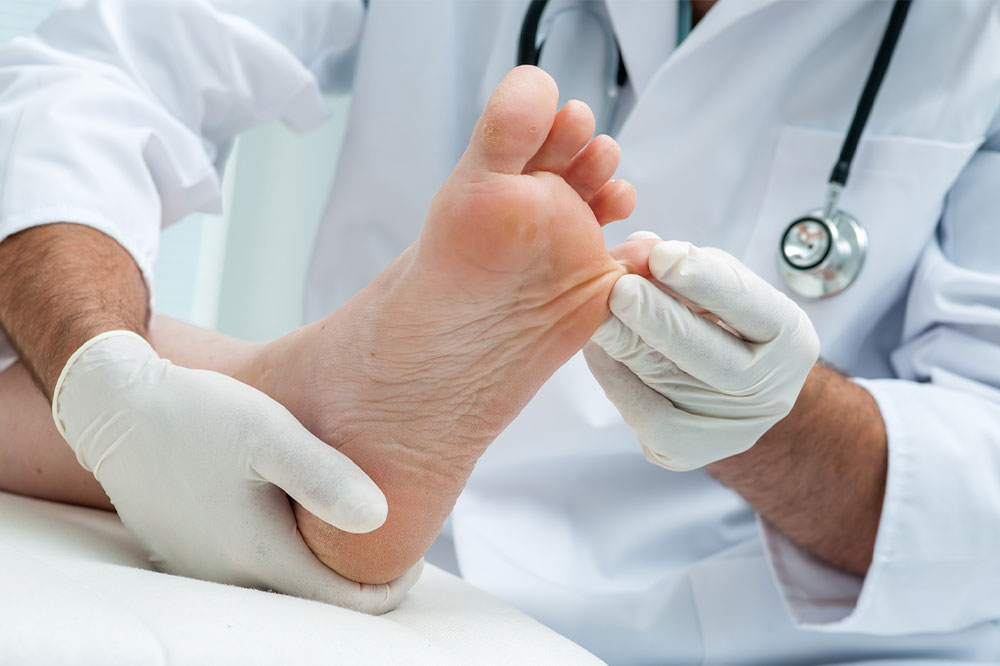Understanding ADHD: Symptoms, Diagnosis, and Treatment Strategies
Explore comprehensive insights into ADHD including symptoms, diagnosis methods, and effective treatment options. Learn how medication, therapy, and family support can improve life quality for adults living with ADHD. Early diagnosis and tailored treatment strategies are vital for managing this condition successfully, helping individuals lead more organized and fulfilling lives.

Understanding ADHD: Symptoms, Diagnosis, and Treatment Strategies
Attention Deficit Hyperactivity Disorder (ADHD) manifests through symptoms like restlessness, impulsivity, and inattentiveness. Approximately 8 million adults in the United States live with adult ADHD.
Genetics and biological factors primarily cause ADHD. While hyperactivity tends to decrease with age, symptoms such as impulsiveness and difficulty focusing often persist into adulthood.
Adults with childhood ADHD are at higher risk of experiencing it as adults, with some diagnosed early and others discovering their condition later in life.
Typical signs of adult ADHD include:
Common indicators include restlessness, poor concentration, and difficulties with organization. Adults with ADHD often struggle to follow instructions, remember details, complete tasks on time, and manage daily responsibilities, impacting work, home life, and education. Severity varies, with some experiencing mild issues and others facing significant challenges. Many also experience additional anxiety, depression, or mood disorders.
Statistics show that nearly half of adults with ADHD also suffer from anxiety or mood disorders, including bipolar disorder and depression. Symptoms can include mood swings, low self-esteem, forgetfulness, procrastination, and relationship problems.
ADHD impacts individuals differently: some may find certain environments overwhelming, while others seek stimulation. Academic performance varies, with some dropping out or achieving less than their potential.
Diagnosis involves comprehensive evaluation, including medical history, mental assessments, and symptom analysis. Physicians ask questions related to childhood symptoms, behavior changes, mood stability, and the impact of symptoms at work and home.
Treatment options primarily include medication, behavioral therapy, and lifestyle modifications. Medications can be stimulants or non-stimulants, helping adults improve focus, emotional regulation, and task management. Managing concurrent disorders like anxiety requires tailored approaches, combining medication and therapy.
Stimulant medications: Common prescriptions include Adderall, Ritalin, Dexedrine, and similar drugs. These improve concentration but may have side effects such as dependency or short-lived effects, requiring careful supervision.
Non-stimulant options: Medications like Atomoxetine, Guanfacine, and Clonidine are alternatives that can be used alone or with stimulants.
Behavioral and supportive therapies: Cognitive Behavioral Therapy (CBT) helps manage symptoms and comorbid conditions. Stress reduction techniques, organizational coaching, and family-based interventions further support management and understanding of ADHD.
Seeking professional help, combining medication, therapy, and family support, is essential for better quality of life. Early intervention can alleviate many challenges associated with ADHD and improve daily functioning.










